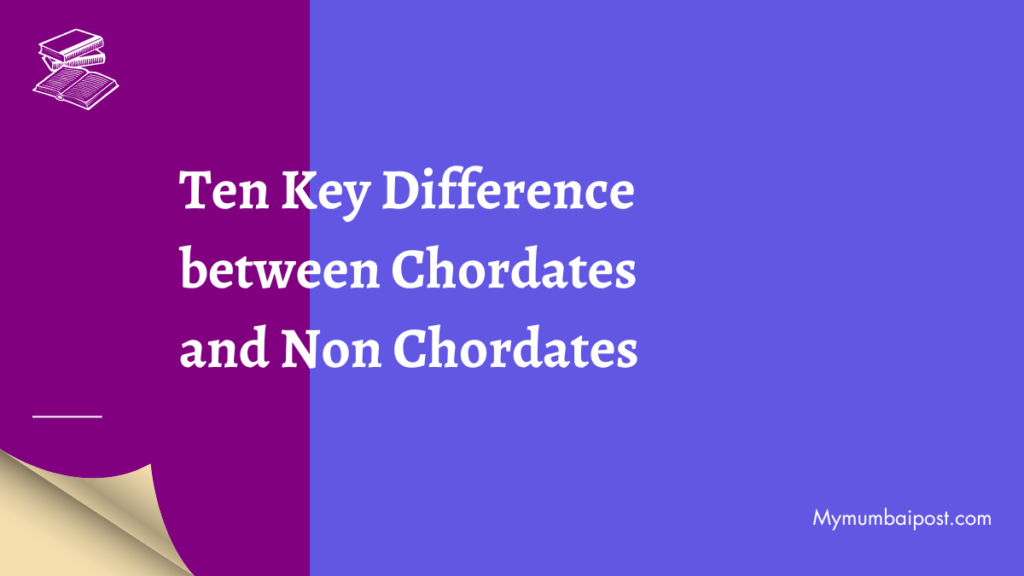
Discover Ten Key Difference between Chordates and Non Chordates
Hello there! Today, we’re going to explore the fascinating world of chordates and non-chordates. We’ll be discussing 10 key difference between these two groups of animals chordates and non chordates, and diving into what makes them unique. So buckle up and get ready to learn!
Difference between chordates and non chordates
Chordates and non-chordates are two distinct groups of animals with significant differences in their anatomy and physiology. Here are ten key differences between them:
Backbone: Chordates have a well-developed backbone or spinal cord, while non-chordates lack this feature.
Notochord: Chordates have a supportive rod-like structure called a notochord, which non-chordates lack.
Dorsal nerve cord: Chordates have a nerve cord running along their back, which non-chordates lack.
Gill slits: Chordates have openings in the pharynx for respiration and feeding called gill slits, which non-chordates do not have.
Heart structure: Chordates have a four-chambered heart, while non-chordates have a less complex heart structure.
Segmentation: Chordates have a segmented body plan, while non-chordates lack this feature.
Body symmetry: Chordates have bilateral symmetry, while non-chordates may exhibit radial or bilateral symmetry.
Also Read: Discover Ten Key Difference between Bailment and Pledge
Digestive system: Chordates have a complete digestive system, while non-chordates have a less complex one.
Respiration: Chordates can respire through lungs, gills, or skin, while non-chordates usually respire through their skin.
Nervous system: Chordates have a highly developed nervous system consisting of a brain, spinal cord, and peripheral nerves, while
non-chordates have a less complex nervous system.
Chordates and non-chordates differ significantly in their anatomy and physiology. Chordates have a well-developed backbone, segmented body plan, bilateral symmetry, and complex respiratory, digestive, and nervous systems. In contrast, non-chordates have a less complex anatomy and physiology. These differences play a crucial role in defining the evolutionary pathways and diversity of animal life.
Explore this video to learn more: